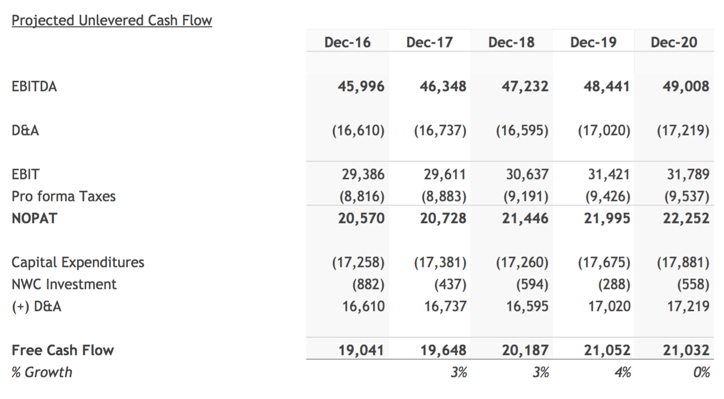
When deriving the working capital investment values for an FCF valuation, analysts should be mindful of the impacts of acquisitions, divestitures, and/or foreign subsidiary accounting as these items can complicate the relationship between the balance sheet and the statement of cash flows. Reported Financials and the FCF Valuation Process Once FCFF has been calculated, then it can be converted to FCFE, if the situation requires the FCFE value. Net Borrowing = New Debt – Principal RepaymentsįCFE from Cash Flow from Operations = CFO – Fixed Capital Investment + Net BorrowingĬalculating FCFE from FCFF (and vice versa)įCFE = FCFF – (Interest Expense * (1-tax rate)) + Net BorrowingįCFF = FCFE + (Interest Expense * (1-tax rate)) – Net BorrowingįCFF = (EBIT*(1-tax rate)) + Non-cash Charges – Fixed Capital Investment – Working Capital InvestmentįCFF = (EBITDA*(1-tax rate)) + (Depreciation*(tax rate)) + Deferred Tax Increases – Fixed Capital Investment – Working Capital Investment When starting with CFO, analysts may still need to adjust for certain non-cash charges, such as restructuring charges.įCFE from Net Income = Net Income + Non-cash Charges – Fixed Capital Investment – Working Capital Investment + Net Borrowing.The CFO approach should deliver the same results as the net income approach.Non-cash gains would need to be subtracted from net income.įCFF from Cash Flow from Operations = CFO + (Interest Expense * (1-tax rate)) – Fixed Capital Investment.The most common non-cash charge would be depreciation, but there are others.This approach is sometimes called the “add-back” method.
FREE CASH FLOW FORMULA FROM EBITDA HOW TO
FREE CASH FLOW FORMULA FROM EBITDA FREE
If the company is highly leveraged and negative Free Cash Flows to Equity, then FCFF may be more appropriate.If the company has a consistent capital structure, then FCFE can be used in the valuation.


The following situations can help an analyst decide which valuation approach is more appropriate: The equity value derived from an FCFE analysis can then be divided by the number of shares outstanding to arrive at a share price. This can be converted to a share price by dividing the Equity Value by the number of shares outstanding.įCFE: Free Cash Flows to Equity are available to stock holders only return of these cash flows to stock investors does not threaten the company’s existence as a going concern. WACC & FCFF: When performing a company valuation using discounted FCFFs, the discount rate applied should be the weighted average cost of capital (based on the target capital structure), to reflect both the cost of equity and cost of debt.Įquity Value = Calculated Firm Value – Market Value of Debt FCFF: Free Cash Flows to the Firm are available to both suppliers of equity and debt capital return of these cash flows to stock and bond investors does not threaten the company’s existence as a going concern.


 0 kommentar(er)
0 kommentar(er)
